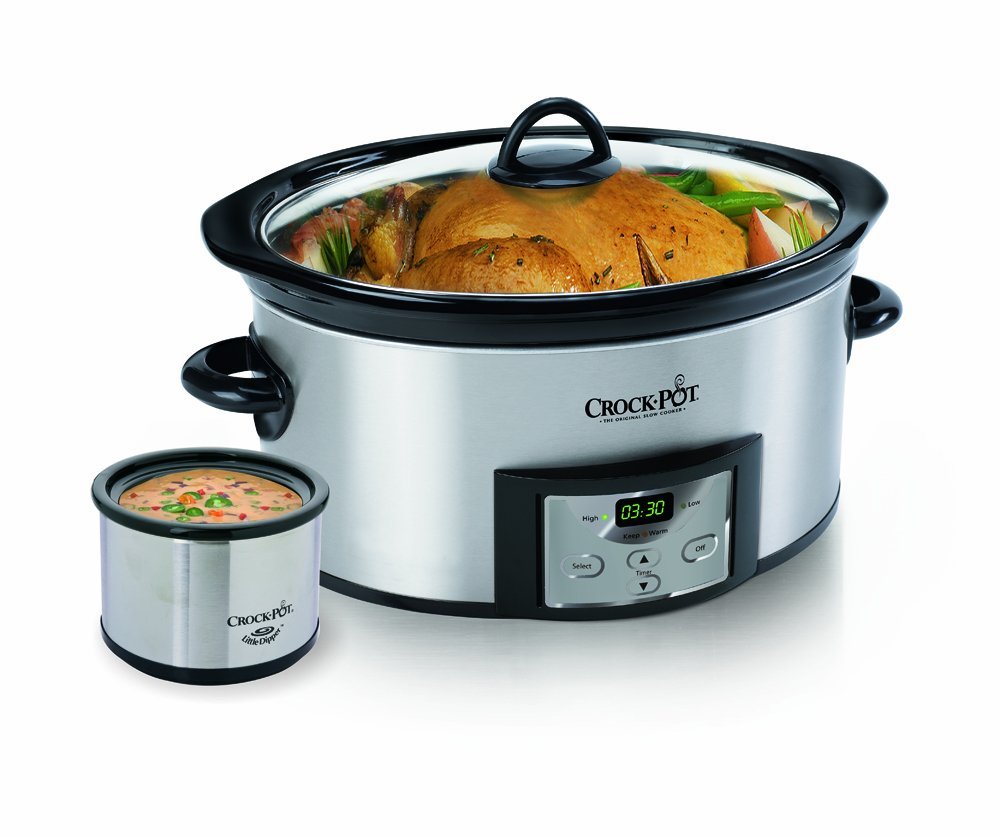A budget is an easy way of keeping an eye on your finances. Because let’s face it, much like your kids, your finances need some supervision.
When you’re a super busy mom, a budget can seem like another huge task on your never-ending to-do list, but it’s not as much work as you think. Once you get into the groove of your new spending plan, it actually makes things a lot easier. What’s more, a balanced budget can give your peace of mind over your finances, and that’s worth your time in gold.
You didn’t go to all the trouble of setting financial goals in 2021 to turn your back on them now. Whether you promised to save more or spend less, this guide will help you and your family achieve your goals.
Calculate Your Income
Your budget helps you strike a balance between your income and spending. Ultimately, your goal is to spend less than you earn, so it’s important you know what your upper cap is.
When calculating your income, make sure you’re working with your net earnings. Your net income has tax and other deductions withheld from it, so it’s an accurate reflection of what will be on your paycheck.
Track Your Expenses
Next, you’ll want to get a look at how you spend your money each month. While you probably have a good handle on the big things you pay regularly, like rent or utilities, irregular spending may slip past your attention.
Things like the family’s dental check-ups, school supplies, and clothes shopping don’t happen often, but they can pack a punch when they do.
That’s why you should look through all your statements and track every purchase you’ve made in the past three months or more. Doing a whole year may take longer, but it helps you spot trends in your spending.
Compare and Contrast
First and foremost, you want to check you’re spending less than the net earnings you totalled at the beginning. But you’ll also want to check in with this percentage guideline.
Long story short, it says you should spend 50 percent of your budget on the essentials, including housing costs, healthcare, and installment loan payments. You should tuck 20 percent of it away in savings, which leaves 30 percent for your wants.
Once you account for all your spending, check to see that you come under these caps.
Start Downsizing
Every budget could stand to lose some winter weight. To do that, look at your wants first. These and variable costs (expenses that fluctuate from month to month) are the easiest to control and reduce.
Your family’s groceries are a perfect example of a variable expense since you choose what goes into your fridge. If you always eat from meal subscription boxes, regularly get takeout, and always have loads of snacks in the cupboard, you have an opportunity to cut costs.
Your needs and other regular expenses can be cut, too, but they tend to take more effort. However, downsizing to a smaller home might be the answer you’re looking for if your budget is out of balance.
Get the Whole Family Involved
As a mom, you’re used to doing things on your own, but don’t make the household budget your sole responsibility. You can easily make grocery shopping on a budget a challenge that the whole family tries. When you get everyone on board with your new spending plan, sticking to it is a whole lot easier.




